7 Fresh Ways to Plant Herbs – No Matter What Size Your Space
Growing your own herbs doesn't require a plot of land, as these solutions show
Fresh herbs in salads or used as a seasoning can bring food to life. Most of us buy them on a regular basis, but they’re also very easy to grow. For me, I’d rather walk three paces to my herb pots than drive to the market to purchase coriander for my Thai beef salad. If you don’t have enough room for a garden, here are some ideas for growing herbs that don’t rely on much space. Save time and money growing your own and know they will always be fresh and at hand.
This handy kitchen herb garden makes great use of open shelving and an untapped kitchen recess. Line with your favourite aromatics and keep a couple of drawers free for fellow seasonings.
2. In upcycled containers
Herbs don’t always need to grow in the ground. Think about planting them in old loaf tins, Asian bamboo steamer baskets or small wooden crates (you will need to line them with plastic first). Group herbs in large cake tins to suit the style of cooking. For example, think oregano, thyme and rosemary for Italian seasonings; sage, tarragon or chervil for French seasonings.
We used individual muffin tins to plant several varieties of basil. A hole was drilled into the base for drainage, and some small pebbles were placed beneath the soil. The herbs happily sit on the window sill next to the stove and are within arm’s reach when cooking.
Herbs don’t always need to grow in the ground. Think about planting them in old loaf tins, Asian bamboo steamer baskets or small wooden crates (you will need to line them with plastic first). Group herbs in large cake tins to suit the style of cooking. For example, think oregano, thyme and rosemary for Italian seasonings; sage, tarragon or chervil for French seasonings.
We used individual muffin tins to plant several varieties of basil. A hole was drilled into the base for drainage, and some small pebbles were placed beneath the soil. The herbs happily sit on the window sill next to the stove and are within arm’s reach when cooking.
Herbs and edible flowers can look pretty, too! Use lavender, sage, violets and chives, for example, that sprout dainty flowers for use in fresh salads, sauces, dressings or cooked meals. Create a beautiful floral arrangement by incorporating vintage enamel pots and other vintage items for ‘olde worlde’ charm.
Tips for growing edibles in containers
Tips for growing edibles in containers
3. In old pots
If you do have the luxury of a balcony space – even if it is on the teeny side – bunch old plant pots together with a mix of different herbs. Try adding a couple of spreading herbs so that the leaves spill over the edge of the pot. Lovely.
TIP: If you’re planting outside, make sure you go for a good quality potting mix. Add lucerne or sugarcane mulch to help your herbs remain moist in the sunshine and the leaves will stay clean, even when faced with the elements.
If you do have the luxury of a balcony space – even if it is on the teeny side – bunch old plant pots together with a mix of different herbs. Try adding a couple of spreading herbs so that the leaves spill over the edge of the pot. Lovely.
TIP: If you’re planting outside, make sure you go for a good quality potting mix. Add lucerne or sugarcane mulch to help your herbs remain moist in the sunshine and the leaves will stay clean, even when faced with the elements.
4. In reclaimed jars
How about growing your herbs on the kitchen wall? As long as there’s plenty of light, your herbs will flourish.
This kitchen head-turner is an upcycler’s dream. Repurposed mason jars have been attached to aged timber panels. Position the jars on an angle so that the leaves don’t grow into each other, and hand write the herb name with a white paint marker.
How about growing your herbs on the kitchen wall? As long as there’s plenty of light, your herbs will flourish.
This kitchen head-turner is an upcycler’s dream. Repurposed mason jars have been attached to aged timber panels. Position the jars on an angle so that the leaves don’t grow into each other, and hand write the herb name with a white paint marker.
5. In crates
It doesn’t need to be all about the plants. Arrange your herbs with other kitchen necessities in rustic crates that can hang from the wall. These nesting herb crates can be bought online, but you can also try a DIY. Choose crates in different sizes and drill a hole in each to wire a loop through. Hang each crate in ascending size order, attaching the wire loop to a picture hook. Finally, fill each one with herbs, platters, cookbooks, notepads or other everyday items for extra kitchen storage.
It doesn’t need to be all about the plants. Arrange your herbs with other kitchen necessities in rustic crates that can hang from the wall. These nesting herb crates can be bought online, but you can also try a DIY. Choose crates in different sizes and drill a hole in each to wire a loop through. Hang each crate in ascending size order, attaching the wire loop to a picture hook. Finally, fill each one with herbs, platters, cookbooks, notepads or other everyday items for extra kitchen storage.
6. Vertically
Short on garden space? Go up! Vertical gardens are all the rage at the moment, and for good reason. Not only do they give you a wall of greenery, but they also provide privacy and a tranquil backdrop.
Short on garden space? Go up! Vertical gardens are all the rage at the moment, and for good reason. Not only do they give you a wall of greenery, but they also provide privacy and a tranquil backdrop.
Here’s another example of a vertical garden. Use wire or steel piping attached to a brick wall and suspend ceramic herb pots to form an attractive geometric pattern.
Or attach your herb pots directly to the wall outside. These homeowners attached iron pot holders to the wall that now carry clay pots with a range of useful herbs, just a step from the kitchen door.
And don’t let a lack of outdoor space deter you. These homeowners have sourced a custom mini vertical garden made of timber. It not only looks stunning but also very practical with fresh herbs close to the kitchen work space.
7. Up high. Plants tend to dominate hanging planters or macrame pots, but why not fill them with herbs and edibles and give your home a health kick? Lettuce and rocket are great places to start – they’re both thirst plants, but don’t require too much sun or maintenance.
TELL US
Do you like to use fresh herbs in your cooking? Do you grow your own? Show us your planters and share your top tips in the Comments.
MORE
What You Need to Know to Grow Your Urban Farm
How to Grow Tomatoes: An Easy Guide for Beginners
Find a Planter for Your Herbs
Do you like to use fresh herbs in your cooking? Do you grow your own? Show us your planters and share your top tips in the Comments.
MORE
What You Need to Know to Grow Your Urban Farm
How to Grow Tomatoes: An Easy Guide for Beginners
Find a Planter for Your Herbs




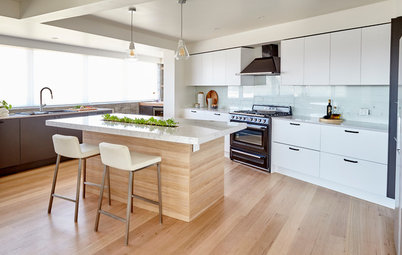
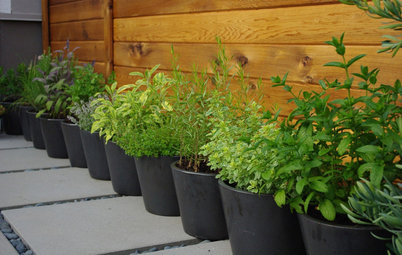
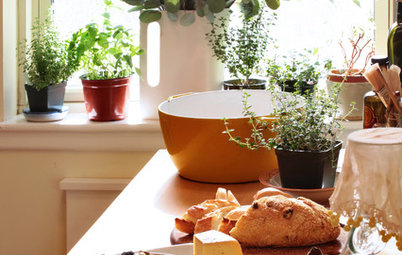
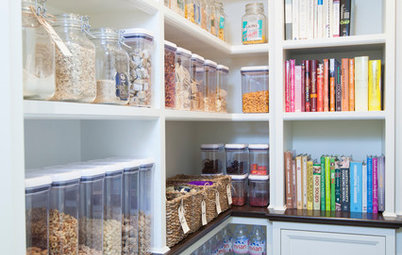
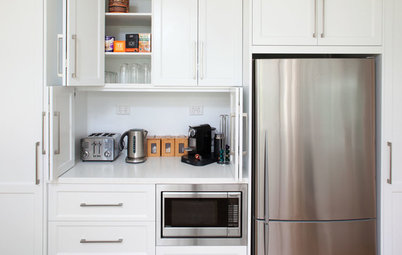
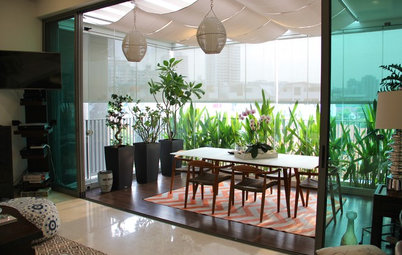
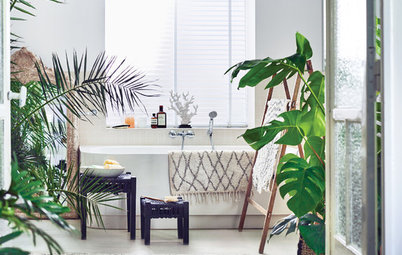
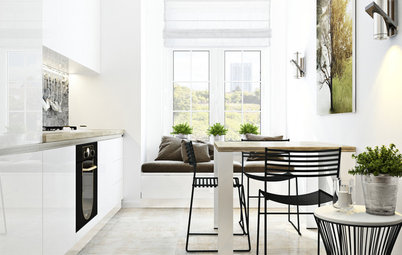
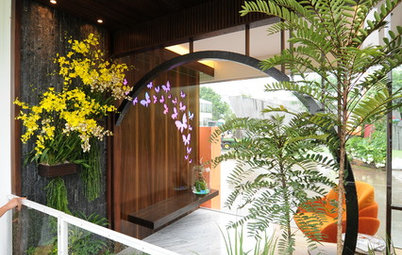
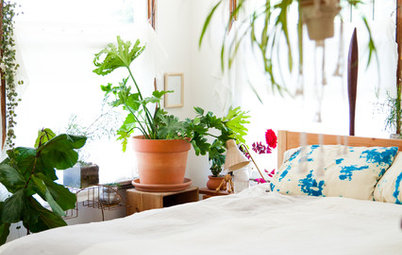
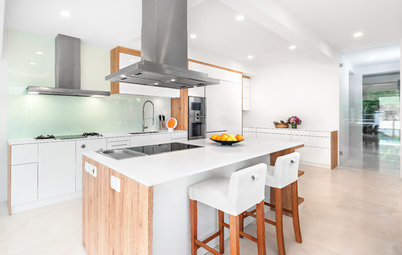

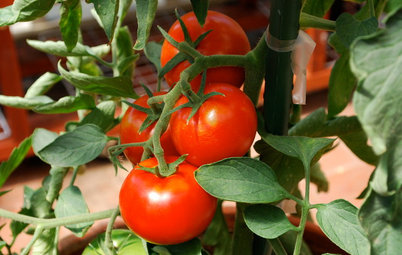
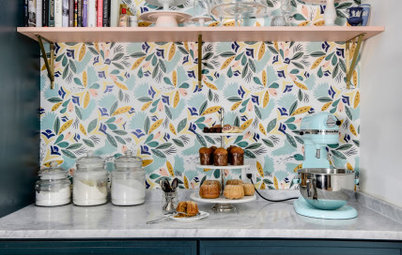
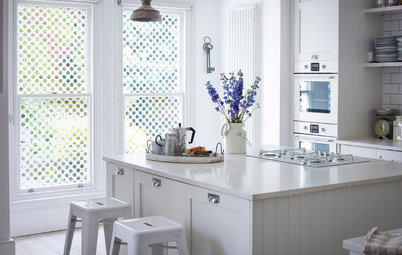
This handy trough has been built into the kitchen island bench, providing the perfect place to house freshly-cut herbs, wine, oil and vinegar and drinks – it’s also a great way to get things off the counter! Add a little bit of water to the bottom of the trough, or if you’ve bought a herb plant with planter, you can add it as is.